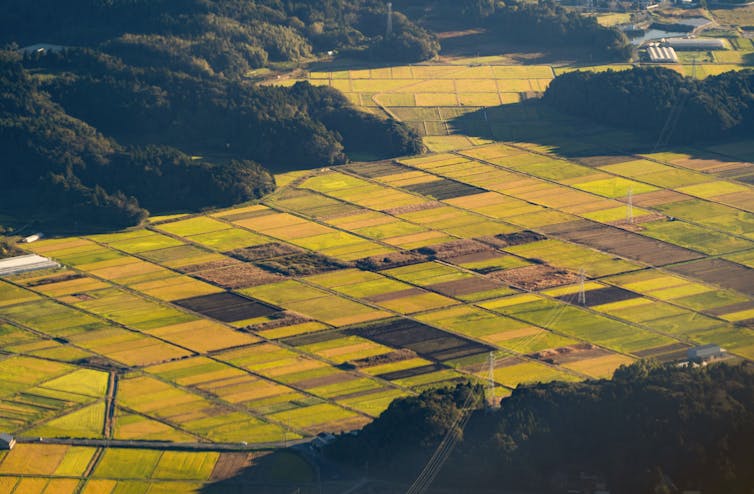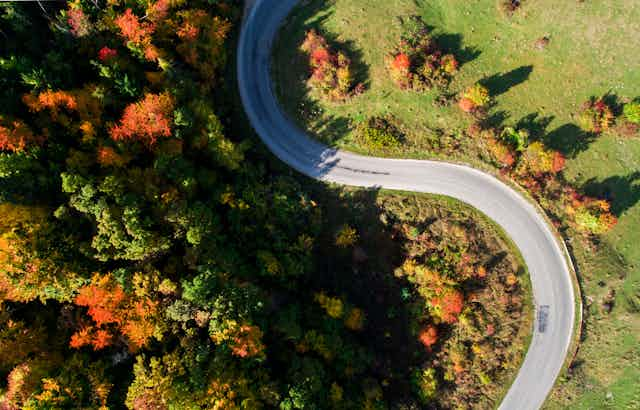Over the last decade, an industry has developed that values different aspects of nature in different ways. Its growth has been underpinned by the argument that, in a neoliberal world where the market is the dominant mechanism for distributing scarce resources, those assets that cannot be priced and traded are either undervalued or overlooked. Putting a price on nature allows it to be included in the market calculus and, thereby, to be noticed.
It is also argued that the discipline involved in doing this contributes to more rational and therefore better decisions involving nature.
This drive to subject nature to an economic rationale, to make it capable of being valued and marketable, has been much criticised. Some of the arguments are philosophical, pointing to the inability of economics to capture the extraordinary, intrinsic character of nature. Other arguments are more practical, highlighting the difficulty of determining the economic value of a public good, such as nature, that is not traded.

Both perspectives have their merits. But here I want to take a different approach, and consider what we do to nature in order to make it amenable to calculation.
Defining bits of nature
Before we can measure or count something, we need to know what it is. It must be distinguishable (clearly identified) and distinctive (differentiated from other things).
But nature is far too complex a thing to be treated in this way. In order to deal with this issue, we define and categorise bits of nature. In the UK, nature is divided into eight broad habitats (for example, woodlands or enclosed farmland) and sub-divided into 23 classes (for example, broadleaved woodland or coniferous woodland). The distribution of these classes can be seen in this map.

In practice, this kind of categorisation is very useful for breaking down an integrated, complex whole into comprehensible parts. But in principle it is problematic. We create a class or category by identifying the essential, common qualities of a group of things and excluding what, for the purposes of the exercise, are the thing’s inessential particularities. We abstract and simplify.
So all individual elements of nature must be placed in specific categories, and those categories must be clearly bounded or defined. This is necessary if double counting is to be avoided and comprehensive coverage is to be achieved. Nature must be made to fit this template.
For example, in the above classification there is no such category as mixed woodland – so mixed woodland, by this definition, does not exist. In areas where broadleaved and coniferous woodlands segue into one another, some rules must be formulated to determine where the boundary between the two is drawn, allowing trees to be placed in one category or the other.

We cannot use a single number to capture the essence and all of the multifarious characteristics of a tree or a group of trees forming a wood. Instead we apply numbers to those features that we consider important, or that are measurable, or both, and we ignore or exclude other features that don’t meet these criteria. We measure how much trees reduce pluvial run off, but not by how beautiful they are.
Calculating nature
When numbers are applied to entities such as (bits of) nature, they describe those entities in selective, reduced, simplified form. But they also imbue those entities with the properties of numbers. Compared with words, numbers offer apparent order, precision, stability, and mobility.
Numbers are produced and consumed by people such as scientists, technicians, policy makers, managers, politicians and economists. Once created, various types of number may be transposed, linked and applied to conceptually different subjects and contexts for purposes quite distinct from those that underpinned their generation. And the deployment of numbers in the analysis of difficult, complex matters reinforces perceptions of numbers as purveyors of accuracy and truth.

All these features of numbers may be observed when we calculate and value nature and, by doing so, embed nature in larger systems of numbers. It is rare, largely because of time and cost constraints, for valuations of nature to be based on primary empirical data derived from the case in hand. Instead, we take values produced by other studies and transfer them, suitably adjusted or qualified, to our case.
If a house adjacent to a park in Bristol is found to be worth 8% more than an identical house remote from any park in that city, then we may apply the same uplift to a house next to a similar park in Newcastle. Similar translations may be made of the estimates of, say, the savings in NHS spending arising from the impact of green infrastructure on physical health.
Quantifying and valuing nature are complex tasks. Undertaking them alters our conception of nature. As a result of it, nature appears more fragmented because we have to slice it into categories and dice those categories into bits before we can value bits of those bits. The sum of these parts is far short of the whole and does not capture the interconnectedness and holism of nature. In addition, our view of nature is biased to those aspects of it that can be measured and particularly to those that can be valued because “what can be counted usually counts”.
No matter how careful we are to qualify the results of a valuation and to be explicit about the assumptions that it embodies, these problems remain. They are inherent to the process of valuing nature. After all, such a process is hardly natural.

